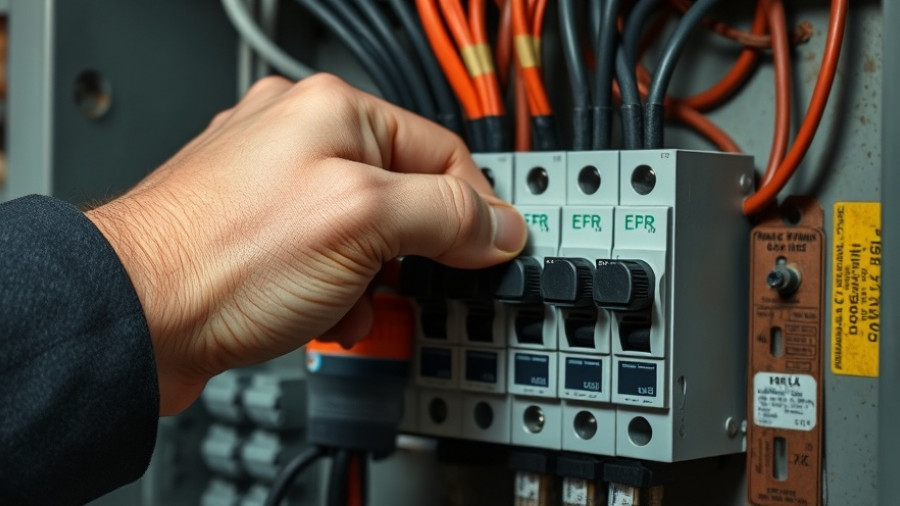
Understanding Common Drain and Sewer Line Challenges
As homeowners, dealing with clogged drains and sewer lines can feel overwhelming, but recognizing the signs early can significantly ease the stress associated with these issues. It’s often when the water starts draining slow or an unpleasant odor wafts up from the sink when we understand that help may be needed.
Identifying the Warning Signs of Clogs
Being alert to the common symptoms of a clogged drain can save you time and prevent further damage:
Slow Draining: Whether it's the kitchen sink or your shower, slow drainage is the first sign to be vigilant about.
Unpleasant Odors: Foul smells that seem to originate from your drains suggest a build-up of organic matter.
Gurgling Sounds: Unusual sounds from your drains can be indicative of air trapped due to clogs.
Backups: If water starts backing up into your fixtures, it's time to address the blockage before it worsens.
Common Causes You Should Know About
Understanding the fundamental causes of drain clogs can allow homeowners to take preventive measures. These include:
Foreign objects accidentally dropped into drains, which can cause serious blockages.
Tree roots that invade sewer lines can cause significant disruptions.
Aging pipes may corrode, leading to build-up of materials within the lines.
Organic buildup from hair, soap scum, or grease can accumulate over time.
DIY Solutions: When To Try and When To Call
There are minor fixes homeowners can try. For instance, pouring boiling water down the drain can help clear minor soap scum or grease buildup. Simple plunging and using a drain snake can also help with minor blockages. However, if these methods do not resolve the issues, or if multiple clogs persist, it's wise to consult a professional plumber.
Why Professional Help Makes a Difference
While DIY approaches can be helpful, professional plumbers bring specialized tools and expertise to tackle stubborn clogs effectively. Waiting too long can lead to more extensive and costly repairs, so acting promptly can save you from future headaches.
Final Thoughts
Don’t let clogged drains disrupt your daily life. By staying informed on signs and potential causes, you can proactively maintain your home’s plumbing. And remember, when in doubt, turn to the professionals for lasting solutions!
 Add Row
Add Row  Add
Add 




Write A Comment